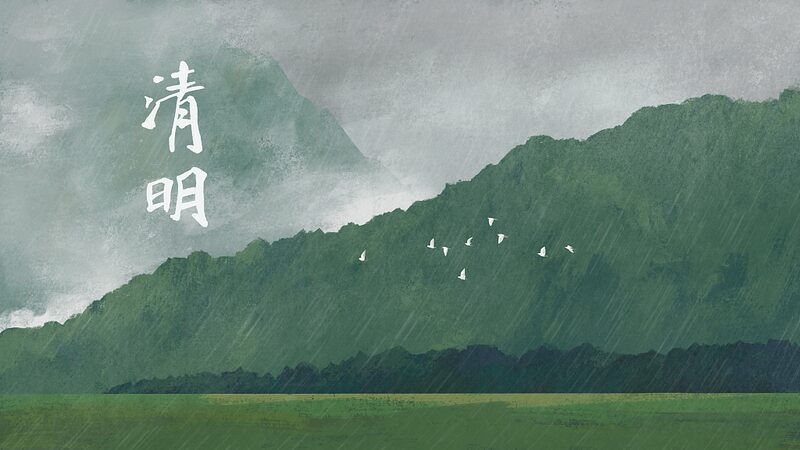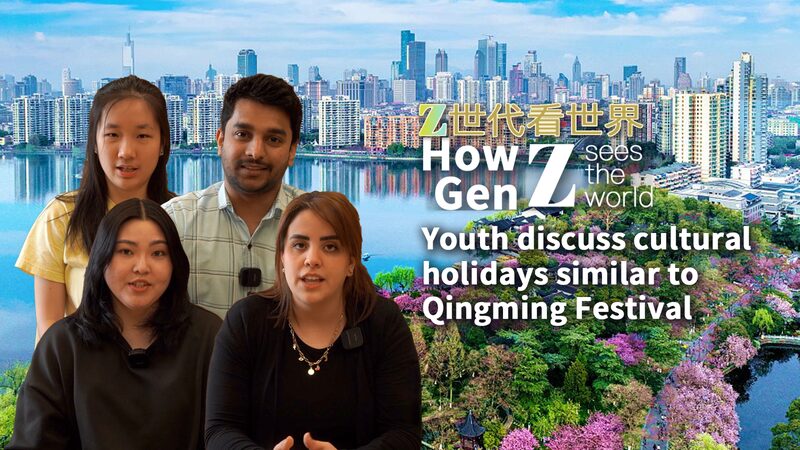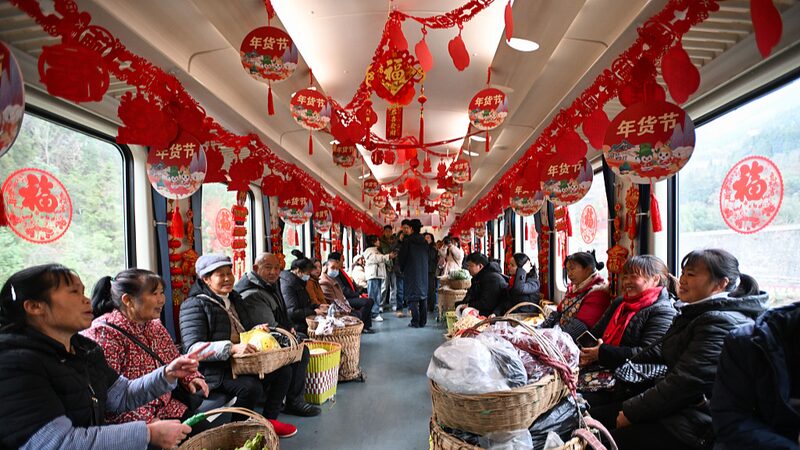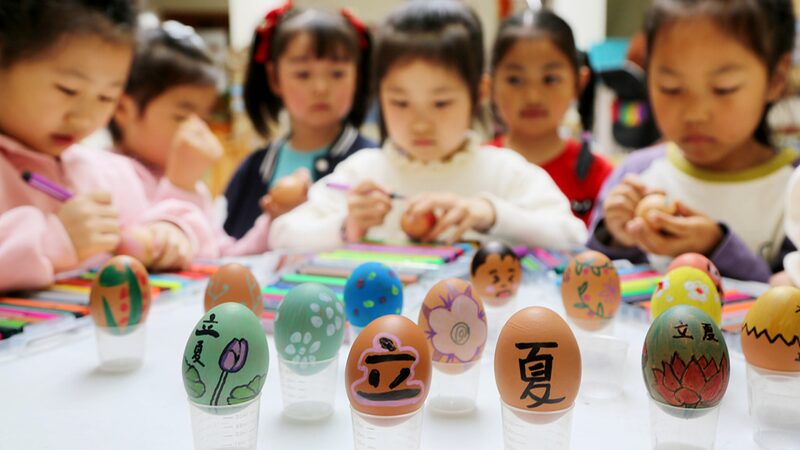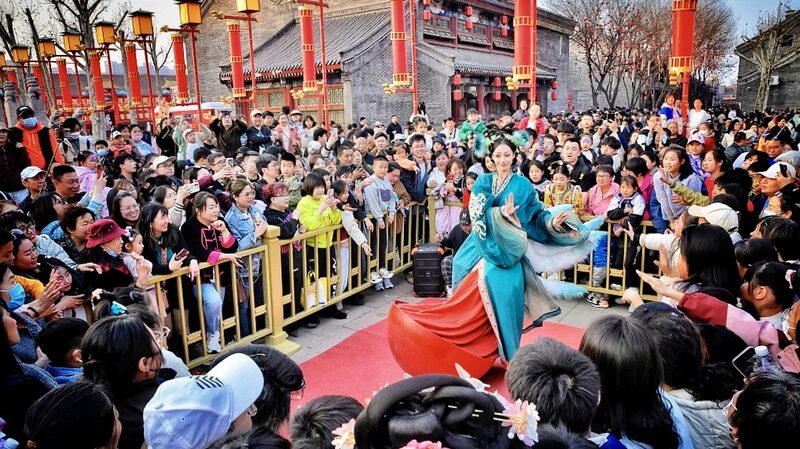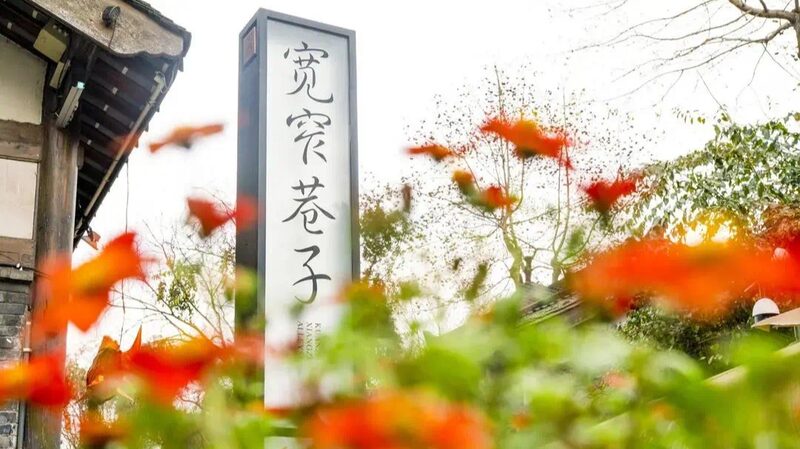The Qingming Festival, also known as Tomb-Sweeping Day, is a significant event in China where families honor their ancestors by cleaning graves and offering sacrifices. Falling on April 4th or 5th each year, it marks a time of reflection and connection with the past.
Beyond its cultural importance, Qingming is also one of the 24 solar terms in the traditional Chinese calendar. Unique among them, it is the only solar term celebrated as a major festival. The term “Qingming” translates to “Pure Brightness,” reflecting the clear skies and rejuvenated landscape characteristic of early spring.
The solar term of Qingming is further divided into three segments, known as the “three ‘hou’.” Each ‘hou’ represents a five-day period that captures subtle changes in nature, signifying the transition of the seasons. Understanding these ‘hou’ offers insight into ancient Chinese observations of the natural world.
First Hou: Paulownia Trees Bloom
In the first ‘hou’, Paulownia trees begin to bloom. Their vibrant purple flowers signal the true arrival of spring. The blossoming of these trees reflects the rejuvenation of plant life and the warming of the earth.
Second Hou: Field Mice Transform into Quails
The second ‘hou’ is marked by the symbolic transformation of field mice into quails. According to ancient Chinese belief, this represents the changing behaviors of animals in response to the shifting seasons. It highlights the interconnectedness of all living things with the environment.
Third Hou: Rainbows Appear
During the third ‘hou’, rainbows begin to appear more frequently in the sky. As spring showers become common, the blend of sunshine and rain creates these vivid arcs. Rainbows symbolize harmony and the balance of natural elements during this period.
Together, the three ‘hou’ of Qingming paint a vivid picture of spring’s progression. They reflect a deep appreciation for the rhythms of nature and highlight the interdependence between humans and the environment. As people across China observe the Qingming Festival, these ancient markers continue to resonate, bridging the past and present.
Reference(s):
cgtn.com
